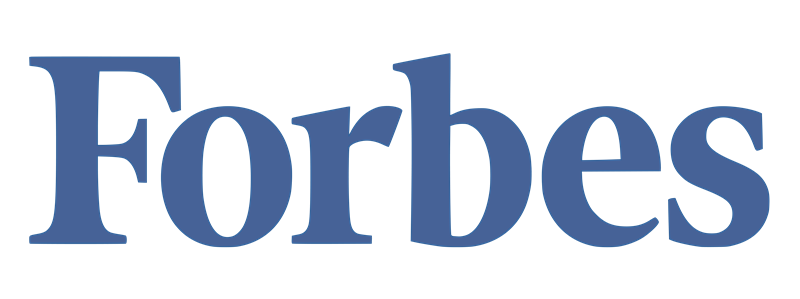

By Adam Andrzejewski


With his recent vow to halt and reassess all aid to the World Health Organization (WHO), President Trump legitimized critics who allege that the agency shielded information from the world about the lethality of the coronavirus and its ability to spread by human-to-human contact.
The WHO delegation highly appreciated the actions China has implemented in response to the outbreak, its speed in identifying the virus and openness to sharing information with WHO and other countries.
World Health Organization | January 28, 2020 | Beijing
The most likely presidential policy response will be to re-purpose all or most federal money from the WHO. If done in this manner, the president must notify Congress, but has the executive power to reallocate the monies to other organizations. Therefore, legitimate programs will continue to help humanity.
Responding to our request for comment, the White House, Office of Management and Budget provided a fact sheet detailing the WHO’s “corruption and abuse.”
The W.H.O. really blew it. We will be giving that a good look.
President Donald J. Trump
Our auditors at OpenTheBooks.com reviewed all disclosed grants by federal agencies to the WHO since 2010 and found that $3.5 billion in taxpayer money funded the WHO during this period.
What’s more, only $611.1 million of that funding came from “assessed dues” required by participating countries. The U.S. government voluntarily sent the WHO roughly $2.9 billion more than their required contribution. It’s no surprise that, annually, the United States is the largest funder of the WHO.
We also found that federal funding of the WHO remained strong during the Trump era. We compared the first three years of the Trump administration (FY2017-FY2019) to the first three years during the second term of President Barack Obama’s administration (FY2013-FY2015).
The WHO received more money under Trump than Obama (inflation adjusted): $1.4 billion versus $1.1 billion.

Since 2010, the Agency for International Development (USAID) has led all federal agencies with $1.5 billion in grants to the WHO. Roughly half the USAID grant money funded three programs: humanitarian programs ($345.7 million); polio eradication efforts ($307.8 million); and efforts to eliminate tuberculosis ($116.6 million).
Other programs include efforts in Iraq, Afghanistan, Yemen, Libya, Sri Lanka, Sudan, and Pakistan and included gender-based anti-violence initiatives; life-saving healthcare services to vulnerable populations; and assistance in floods, emergencies, and to war-torn communities.
USAID efforts through the WHO and other international humanitarian aid agencies were singled out in a blistering USAID Inspector General report in 2018, Insufficient Oversight of Public International Organizations Puts U.S. Foreign Assistance Programs at Risk.
As of January 2018, Office of Inspector General (OIG) investigations in the region have resulted in the suspension or debarment of several dozen individuals and organizations, 20 personnel actions, and the suspension of $239 million in program funds under investigation.
USAID Office of Inspector General
The U.S. Department of State gave $820 million to the WHO since 2010. The largest portion of the money consisted of “assessments” or dues to the organization which amounted to $611.1 million. In addition, the State Department funded programs for “general assistance” ($95 million); “refugee” health ($17.3 million); “peacekeeping” ($15.9 million); and emergency vaccines ($2 million).

Here’s an overview of programs funded by other U.S. federal agencies such as the Centers for Disease Control (CDC) ($1 billion), Food and Drug Administration (FDA) ($30 million), National Institutes of Health (NIH) ($13.5 million), Department of Defense ($10 million) and the Environmental Protection Agency ($3.2 million) at the WHO since 2010:
- Immunizations, Research, Demonstration, and Public Education/Information: $524.1 million — Through the Department of Health and Human Services and Centers for Disease Control, this funding was spent on WHO programs for the eradication of polio around the world. These grants were centralized through WHO headquarters in Geneva, Switzerland.
- Global AIDS: $134.8 million — The Department of Health and Human Services and the Centers for Disease control funded support services and the strengthening of public health guidelines around the world to mitigate global AIDS.
- Global AIDS: $134.8 million — The Department of Health and Human Services and the Centers for Disease control funded support services and the strengthening of public health guidelines around the world to mitigate global AIDS.
- Biomedical research: $37.9 million — The National Institutes for Health (NIH) collaborated with the WHO on biomedical research. These programs included research on allergies, infectious diseases, and immunology. The transactions show that most funding was for “accelerated public health and biomedical research in priority public health objectives.”
The coronavirus pandemic is testing the World Health Organization. Just like any other health care body, every aspect of their operation will receive scrutiny during these times of insecurity and crisis.
Our analysis of WHO funding by U.S. federal agencies shows that taxpayers have been generous and deserve to know how their money is being spent.
Until recently, American commitments remained strong.
Note: All federal government funded delineated in this piece was disclosed through the Federal Funding Accountability and Transparency Act of 2006, co-sponsors Sens. Tom Coburn (R-OK) and Barack Obama (D-IL). (Public Law 109-282, 109th Congress)